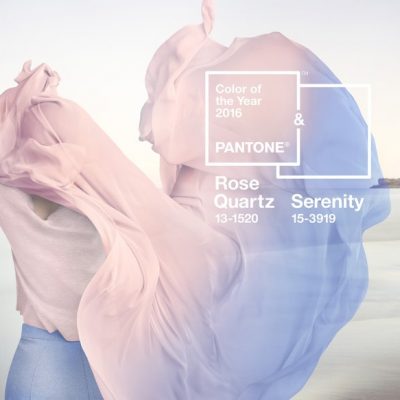Hair is a non-living fiber comprised of keratinized protein. Hair cells are produced in the hair follicle. These cells mature in an upward moving process through the follicle. This maturing process is known as keratinization. During keratinization cells absorb keratin, a fibrous protein. As the cells continue to move upward they lose their nucleus and die off, producing the non-living keratinized cells that emerge from the scalp.
The visible part of the hair that projects from your scalp is known as the hair shaft. This hair shaft is comprised of three layers: the cuticle, the cortex, and the medulla.
The cuticle is the hair’s outermost layer which has overlapping, shingle-like cells. These cells prevent damage to the hair’s inner structure and control water content of the hair fiber.
The middle layer is the cortex which provides the strength, color, and texture of the hair.
The innermost layer is the medulla, which is only present in thick hairs.
The Cuticle
The hair cuticle is the first line of defense against all forms of damage. The cells of the cuticle are pointed toward the ends of the hair and are raised during chemical processes. When these cells are raised, solutions are able to enter into the cortex layer.
The improper use of tools, heat, excessive manipulation, and chemical over-processing can cause damage to the cuticle layer of the hair, which weakens the integrity of the hair. To prevent hair damage, take a proactive approach to healthy hair care by scheduling an appointment with a licensed stylist.
The Cortex
The middle layer of the hair is known as the cortex, and it has many different functions. Approximately 90 percent of hair’s total weight lies within the cortex layer. Elongated cells form a fibrous substance that gives strength and elasticity to the hair. The cortex also houses the pigment (melanin) that gives hair its natural color. Services such as chemical hair relaxing, thermal styling, wet setting and hair coloring oxidation cause temporary and permanent changes to the hair. These changes take place in the cortex layer.
There are two types of melanin that can be found in the cortex layer of the hair: eumelanin and pheomelanin. Eumelanin produces brown and black color, and is the most prevalent type of melanin. Pheomelanin imparts yellow, blonde, red, and auburn hues. Natural hair color derives from a pheomelanin and eumelanin ratio combined with the size and number of pigment granules. When hair is gray, there is an absence of melanin pigment in the cortex layer.
The Medulla
Also referred to as the pith or marrow of the hair, the medulla is the innermost layer. Composed of round cells, this layer is normally found in thick and/or coarse hair. Naturally blonde and fine hair generally does not have a medulla. The function of this layer of hair does not affect the hair care services conducted by salon professionals.
Other Scalp Structures
Beneath the epidermis is a combination of structures working together to promote hair growth. The hair root, the portion of hair underneath the scalp’s surface, works with the dermal papilla, hair bulb, arrector pili, sebaceous or oil gland and follicle in the formation of hair.
The dermal papilla contains the blood supply and nerves that produce nutrients for the hair. These vital nutrients are needed in order for hair to grow. The dermal papilla is shaped similar to a cone and sits inside the hair bulb.
The hair bulb is another important producer. It is located at the base of the hair strand, and its shape is like a club. It acts as a cover for the dermal papilla.
The arrector pili is probably a familiar structure. Its colloquial name is goose bumps. This small muscle fiber sits in the bottom of the hair follicle. Changes in temperatures and fear often cause the muscle fiber to contract, making hair stand straight up. The results, goose bumps, last a few seconds.
The oil glands of the skin are called sebaceous glands. These glands are connected to the hair follicle and secrete sebum, an oily substance that lubricates the hair.





